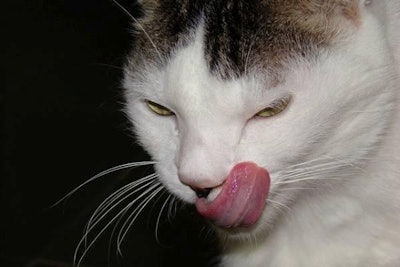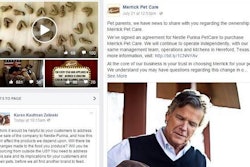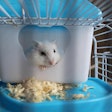
From Petfood Industry:
As Americans look to serve their pets healthier food, many are moving to raw diets.
According to GfK, retail sales of raw freeze-dried pet food were up 64% from US$25 million to US$40 million in the past year. Sales of raw frozen pet food was up 32% from US$52 million to US$69million.
Recently, Allprovide, the all-natural raw pet food company, conducted a survey of 1,826 cat and dog owners across the United States on their pet food preferences, knowledge and interests. The results show that more than 37% of pet owners are interested in a fresh, healthy raw food diet for their pets.
However, in recent months, the US Food and Drug Administration (FDA), Centers for Disease Control and Prevention (CDC) and American Veterinary Medical Association (AVMA) warned about the safety of raw pet foods.
FDA has assigned field staff to collect samples of raw pet food to be analyzed for Salmonella, Listeria monocytogenes and E. coli. CDC, in a blog, offered consumers ways to protect pets and people from illness due to Salmonella and Listeria. And AVMA has said it “discourages the feeding to cats and dogs of any animal-source protein that has not first been subjected to a process to eliminate pathogens because of the risk of illness to cats and dogs as well as humans.”
In July, Nature’s Variety announced a voluntary recall of its Instinct Raw Chicken Formula for dogs because it may be contaminated with Salmonella.
Raw pet food sales are booming, but are the products safe?
Along with serving grain-free, organic and all natural foods to their cats and dogs, more Americans are dishing out raw food to their pets. Petfood Industry, a trade publication, called the trend part of the “humanization” of pet food, where owners want to provide better nutrition, higher quality and organic ingredients.
















